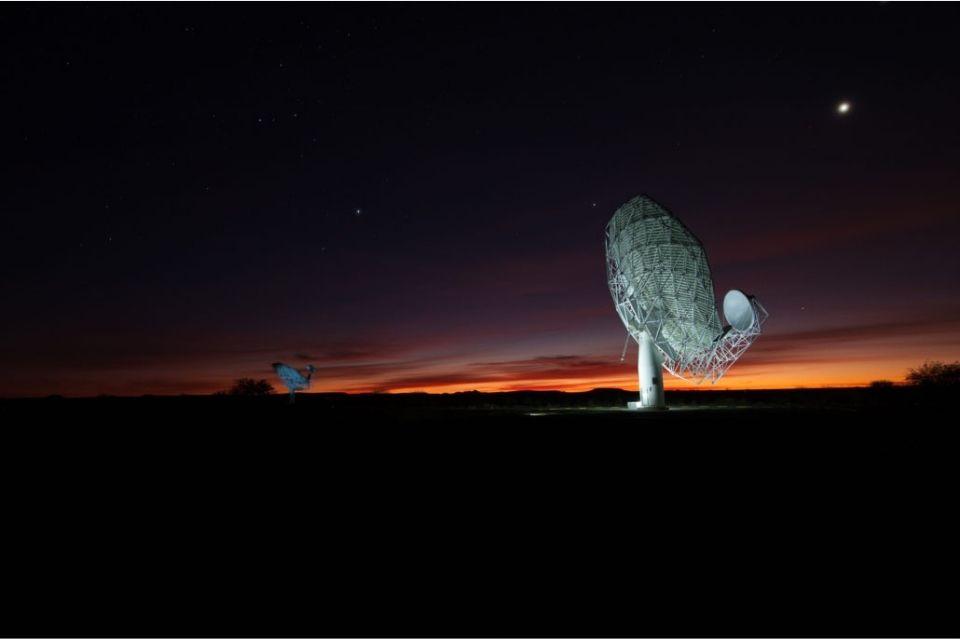Scientists have found direct evidence that the fastest and most powerful astrophysical jets are locked to the spin of the black hole that launches them. The results, led by Professor Rob Fender from the Department of Physics and Dr Sara Motta from the Italian National Institute for Astrophysics (INAF), have been published in Nature Astronomy.
Since the realisation decades ago that extremely energetic and fast astrophysical jets were powered by black holes, it has been speculated that the jets could be aligned with, or even directly powered by, the spin of the black hole. In more recent years this concept has been supported by the most advanced relativistic numerical simulations, and yet observationally it has been extremely hard to establish. In contrast to this concept, some observed jets clearly precess or wobble around, and cannot therefore be tied to a single axis like the black hole spin.
New analysis
In this new analysis of jets from stellar mass black holes in our galaxy, Professor Fender and Dr Motta have shown that the most relativistic jets propagate repeatedly along a fixed axis, whereas those that wobble around on the sky are significantly slower. This is the first direct evidence that the most relativistic – the fastest and most powerful – astrophysical jets are locked to the spin of the black hole which launches them, probably via a long-predicted general relativistic effect, the ‘Bardeen-Petterson’ effect. By contrast, the study finds that slower jets can be launched by both black holes and neutron stars and can change in direction or precess; this indicates they are launched from the accretion flow.
In order to carry out the study, the researchers put together the largest compilation of jets from galactic X-ray binary systems to date and the sample includes discrete, resolved ejecta tracked across several epochs in radio images. The sources come from radio telescopes including the MeerKAT radio telescope which, in the past 5 years, has provided the three highest-ever measurements of proper motion outside our Solar System.
MeerKAT quality measurements
‘The study wouldn’t have been possible without suitably high quality measurements to compile the sample,’ explains Professor Fender, ‘and it was the incredible MeerKAT radio telescope that took us over the line.’
However, despite the very strong evidence for a connection to black hole spin, when comparing the jet speeds to reported spin measurements for about half the sample, no correlation was found. ‘Perhaps the fastest jets lock to the black hole spin without being powered by it,’ surmises Dr Motta, ‘or perhaps some of the reported spin measurements, which are extremely challenging to make, are in error.’
These results have the potential to help us understand how matter behaves in the most extreme gravitational environments in the universe, just above the event horizons of astrophysical black holes. Investigating whether the new paradigm applies to more massive black holes, or even to neutron stars, is next on the list for the team.
The connection between the fastest astrophysical jets and the spin axis of their black hole, R Fender et al, Nature Astronomy, 23 September 2025

